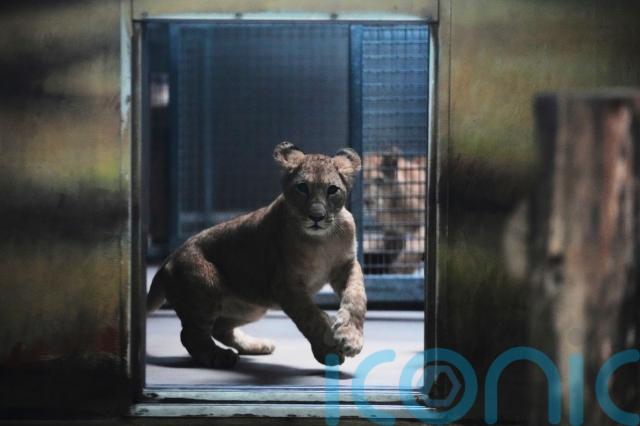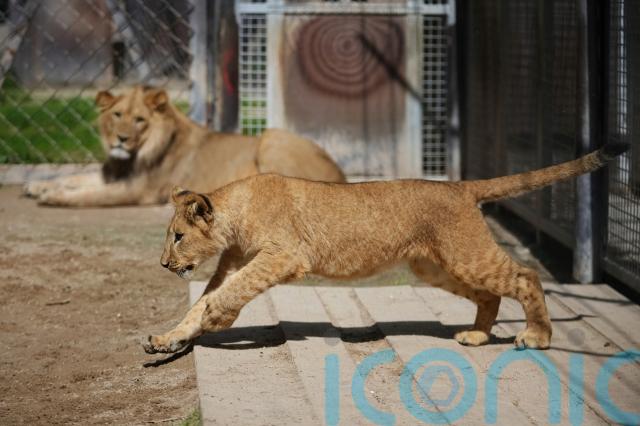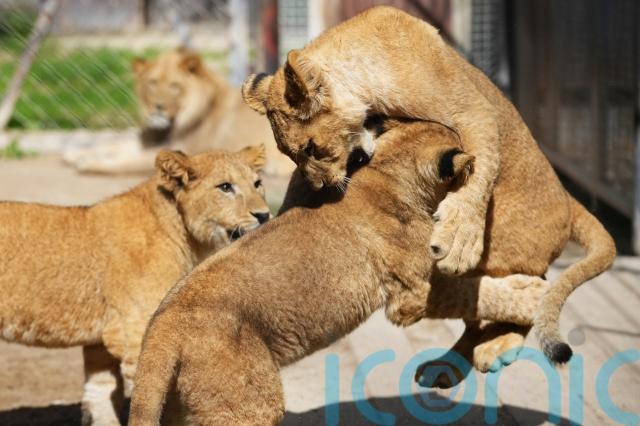
Four Barbary lion cubs have been born in a Czech zoo, a vital contribution to a small surviving population of the rare lion which is extinct in the wild.
The three females and one male played in their outdoor enclosure at Dvur Kralove Safari Park on Wednesday, enjoying themselves under the watchful eyes of their parents, Khalila and Bart.
That will change soon. As part of an international endangered species programme which co-ordinates efforts for their survival in captivity, the cubs will be sent to other participating parks, including the Beersheba zoo in Israel.

That might not be the end of the story for the animal.
Dvur Kralove deputy director Jaroslav Hyjanek said that while preliminary steps have been taken for a possible reintroduction of the Barbary lion into its natural habitat, it is still a “far distant future”.
A member of the northern lion subspecies, the Barbary lion once roamed freely its native northern Africa, including the Atlas Mountains.
They were almost completely wiped out because of human activity. Many were killed by gladiators in Roman times, while overhunting and a loss of habitat contributed to their extinction in the wild later.

The last known photo of a wild lion was taken in 1925, and the last individual was killed in 1942.
It is believed the last small populations became extinct in the wild in the middle of the 1960s.
Fewer than 200 Barbary lions are estimated to live in captivity
Mr Hyjanek said that after initial talks with Moroccan authorities, who have not rejected the idea of their reintroduction, a conference of experts has been planned to take place in Morocco to decide whether it would make sense to go ahead with such a plan in one of the national parks in the Atlas Mountains.

Any reintroduction would face numerous bureaucratic and other obstacles.
Since the lion has not been present in the environment for such a long time, the plans would have to ensure their protection, a sufficient prey population and co-operation and approval from local communities.
Mr Hyjanek said such a move is still worth trying if it turns out to be sustainable.
“It’s important to have such a vision for any animal,” he said. “Without it, the existence of zoos wouldn’t make sense.”
Subscribe or register today to discover more from DonegalLive.ie
Buy the e-paper of the Donegal Democrat, Donegal People's Press, Donegal Post and Inish Times here for instant access to Donegal's premier news titles.
Keep up with the latest news from Donegal with our daily newsletter featuring the most important stories of the day delivered to your inbox every evening at 5pm.